
Need a proctored SAFe Scrum Master exam?
Get your proctored SAFe Scrum Master exam here—perfect for DoD COOL participants. Purchase now to get started!
* Certification course is optional but not required.

Get your proctored SAFe Scrum Master exam here—perfect for DoD COOL participants. Purchase now to get started!
* Certification course is optional but not required.
Revolutionize your retrospectives by turning them into catalysts for meaningful change and continuous improvement.
December 16, 2025, 10:00 am – December 16, 2025, 11:00 am CEST
Zoom
Agile Coach, Product Manager, Product Owner, SAFe Program Consultant, Scrum Master
Transform your retrospectives into dynamic drivers of growth and progress. This webinar shares expert techniques to move beyond discussion and achieve tangible outcomes. You’ll learn how to pinpoint root causes, create targeted action items, and monitor progress over time.
Discover effective facilitation strategies to cultivate open dialogue, boost engagement, and foster accountability within your teams. As a Scrum Master, Agile coach, or team leader, you’ll gain practical insights to make every retrospective a springboard for lasting impact and results.

Sam Ervin
Release Train Engineer
Explore the transformative potential of SAFe® CoPilot, an AI-powered assistant designed to enhance productivity, decision-making, and value delivery across SAFe® roles.
November 18, 2025, 10:00 am – November 18, 2025, 11:00 am MST
Zoom
Agile Coach, Product Manager, Product Owner, SAFe Program Consultant, Scrum Master
Get hands-on insights into how SAFe CoPilot supports key responsibilities, simplifies workflows, and provides actionable insights to accelerate value delivery. This webinar demonstrates how Agile teams, Scrum Masters, Product Owners, and SAFe leaders can harness the power of this intelligent tool to optimize planning, manage dependencies, and boost performance.
Discover how SAFe® CoPilot can amplify your impact, streamline team efficiency, and empower you to confidently navigate Agile transformations.
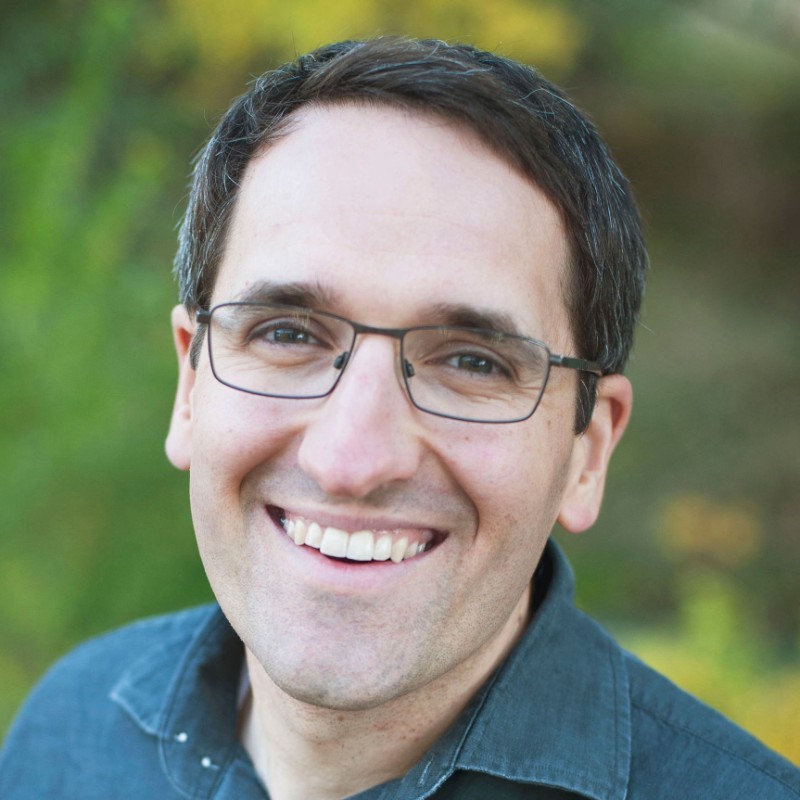
William Kammersell
Director, Product Management
Discover practical techniques and proven methods to optimize your iteration planning and drive better outcomes.
October 28, 2025, 10:00 am – October 28, 2025, 11:00 am MST
Zoom
Agile Coach, Product Manager, Product Owner, SAFe Program Consultant, Scrum Master
Master the art of iteration planning with actionable insights and techniques tailored to enhance team alignment, effective prioritization, and realistic goal-setting. This webinar focuses on proven methods to balance capacity with demand, optimize team collaboration, and ensure each iteration delivers maximum value.
Whether you’re a Scrum Master, Product Owner, or team member, this session will provide the skills and expertise needed to refine your planning process and drive Agile team success.
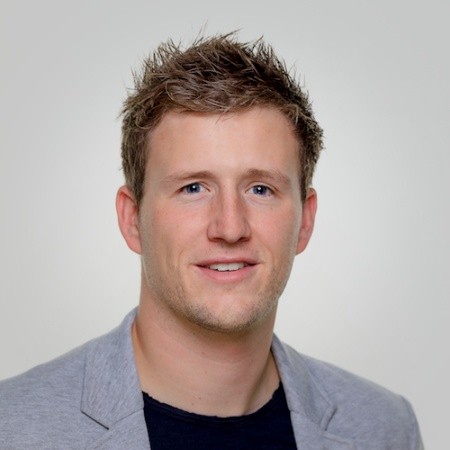
Silvio Wandfluh
piplanning.io – Sr Director, Product Management
Discover how transformational outcomes can drive tangible benefits and strategic advantages in diverse industries and contexts.
September 30, 2025, 10:00 am – September 30, 2025, 11:00 am MST
Zoom
Agile Coach, Product Manager, Product Owner, SAFe Program Consultant, Scrum Master
Explore real-world success stories from startups to Fortune 500 companies, highlighting the transformative impact of bold initiatives and strategic vision.
These case studies provide compelling evidence of the power of pursuing transformational outcomes, offering valuable insights and lessons for organizations seeking to drive meaningful change.

TBD
Don’t miss this opportunity to unlock high-performance in your Agile teams – register now for our upcoming webinar!
August 26, 2025, 10:00 am – August 26, 2025, 11:00 am MST
Zoom
Agile Coach, Product Manager, Product Owner, SAFe Program Consultant, Scrum Master
Transform your Agile teams from good to exceptional by unlocking their full potential. This webinar delves into the essential factors that boost team performance, including psychological safety, team dynamics, and optimized value delivery.
You’ll gain actionable strategies to:
Whether you’re a leader, coach, or team member, this session will equip you with the insights and tools to help your teams flourish.

TBD
Mastering governance and agility in regulated industries. Learn how Lean Portfolio Managers can balance compliance with flexibility.
May 20, 2025, 10:00 am – May 20, 2025, 11:00 am MST
Zoom
Lean Portfolio Managers, Product Manager, Program or Project Manager
Navigate Governance in Regulated Industries with Agility
Join this webinar to explore strategies for Lean Portfolio Managers to balance compliance with Agile principles. Learn how to:
Gain practical insights into driving innovation, value delivery, and compliance in highly regulated industries.

TBD
Ready to propel your career forward in 2025? Let’s get started!
January 22, 2025, 10:00 am – January 22, 2025, 11:00 am MST
Online (Zoom)
Certified SPCs, Product Manager, Program or Project Manager, Scrum Master
Take Your Career to the Next Level in 2025!
Join our expert-led webinar on January 22nd at 10:00 AM MST to discover the top four strategies for achieving career success and accelerating your growth.
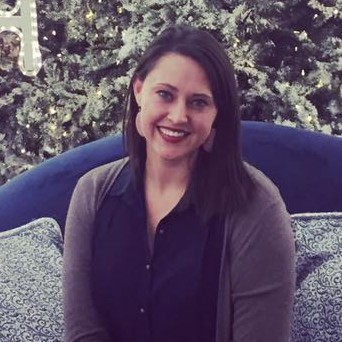
Michelle Jimenez
Product Manager (Scaled Agile)
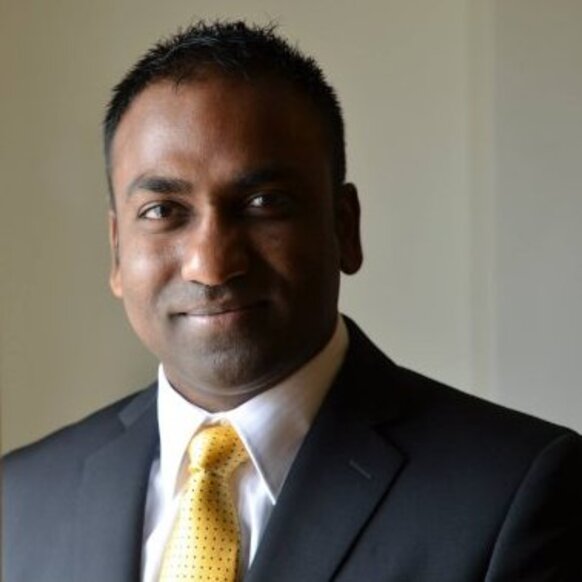
Dr. Wiselin Mathuram Ph.D. SAFe SPCT
Chief Transformation Officer, (IBC)
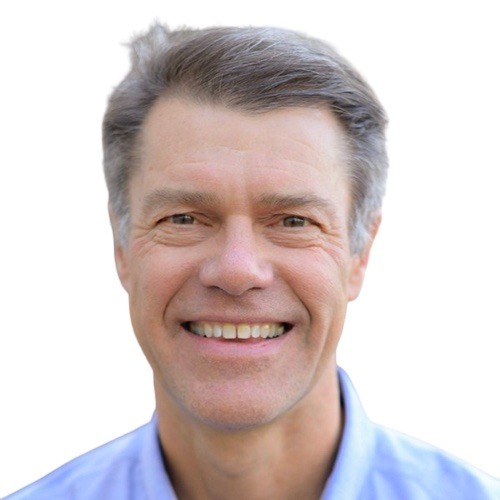
Luke Hohmann
Co-Founder, (Applied Frameworks)
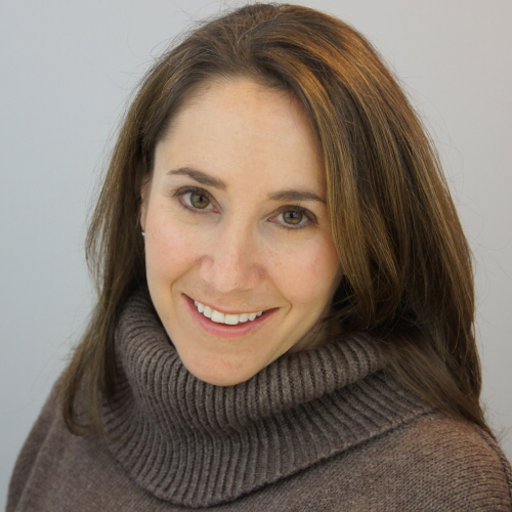
Karen Lewison
Senior Events Manager (Scaled Agile)


“The Lean Portfolio Management is really unique for our business and now it’s being requested all over the place, because it really was a game changer. We outperformed in 2023 financially. We achieved our OKRs. The strategy was super clear. We had improved our quality significantly. So we didn’t have any major noncompliance… and most importantly we gained back the trust from the markets and the customers first.”
—Ruti Avitan, VMO Leader, EMR & CM, Philips
Healthcare, Medical Devices, Technology
In the past decade, Philips has transformed from a household products company to a focused leader in healthcare technology. The company offers medical devices such as CT and MRI machines, healthcare devices for personal use such as toothbrushes, and informatic systems for hospitals.
Philips has five informatics or software business units ranging from electronic medical records (EMR) and care management to clinical informatics, radiology, cardiovascular, and more. They began their SAFe transformation within informatics. “When I joined, this business specifically was fully waterfall, very hierarchical, especially in the R&D organization,” says Ruti Avitan, VMO Leader of the EMR & CM informatics business at Philips. “It was a business in trouble. We had a lot of red projects because of delays. We have more than 25 projects running in parallel. Each one had a different delivery date. We had escalation from customers on quality, and so on. So the motivation to do something was really high.”
Beginning in 2022, SAFe allowed the organization to define a Lean-Agile way of working and move from the traditional hierarchy to cross-functional teams. They shifted from project to product centricity, enhanced their knowledge, reduced the backlog, and made room for innovation. The result is an enterprise that is people- and patient-centric, focused on scalable innovations that prioritize safety, patient outcomes, supply chain resilience, and quality.
“When I joined, this business specifically was fully waterfall, very hierarchical, especially in the R&D organization… It was a business in trouble. We had a lot of red projects because of delays. We have more than 25 projects running in parallel. Each one has a different delivery date. We had escalation from customers on quality and so on. So the motivation to do something was really high.”
—Ruti Avitan, VMO Leader, EMR & CM, Philips
Back to: All Case Studies
Suggested Case Study: Royal Philips
Over two decades, I have worked with large system builders in Aerospace, Defense, Automotive, and many other industries, supporting leaders in applying Lean-Agile principles to their engineering practices. As a methodologist and a SAFe® Fellow, I speak with organizations daily about using SAFe to build and deliver large, complex systems faster, more predictably, and with higher quality.
Hardware and Lean-Agile don’t immediately seem like a perfect fit. Building a hardware system involves a lot of risk and cost, and a huge amount of infrastructure is required to design, verify, validate, and ultimately certify hardware solutions.
The common approach to hardware development has been to define complete requirements and design specifications prior to implementation. There hasn’t been a mindset of building incrementally or doing tasks in small batches, mainly because of the downstream risk and the costs associated with getting it wrong. Yet the systems we build today have too much market, user, and technical uncertainty to assume we can build them right the first time.
Over the past decade, we’ve witnessed a real disruption in hardware. New technology has enabled the industry to embrace a more Agile way of working. Digital technology, including digital twins, allows organizations to build an entire digital model of a system to address uncertainty faster and more cost-effectively. While hardware teams may not be able to build a new part every iteration, rapid prototyping and 3D printing mean they can now quickly and cheaply test and iterate at increasing levels of fidelity.
At Scaled Agile, we saw a clear market need for a course that would support engineering organizations’ adoption of SAFe in the same way that many software organizations have seen tremendous value.
To create SAFe® for Hardware, we worked closely with our customers and the SPCT community, drawing on the conversations I’ve had over the past several years. The content in each module has been tested with multiple customers and reviewed by a community of SPCTs who work with hardware organizations. We landed on the modules that truly support engineering leaders and program managers in accelerating their hardware development and delivery and providing faster feedback and learning on the systems they build.
We start with a brief introduction to SAFe and Lean-Agile principles to level set the class. Next, we dive into Designing for Change, where we look at how engineering leaders can design their systems to optimize incremental development. A good example is to think about a mobile phone. Pre-smartphone era, mobile phones were fixed logic, while today — a phone is just a platform that can be continually improved. Too often, systems are designed to optimize initial costs over the ability to change, which limits the ability to evolve them over time based on feedback and learning.
Our next obstacle is the specification process. In Specifying the Solution Incrementally, we show how smaller batches of requirements and design create feedback loops. This requires balancing and connecting traditional formal (‘shall’) specifications with backlog items like features and enablers. We also show how to incorporate nonfunctional requirements (NFRs) into the Agile way of working.
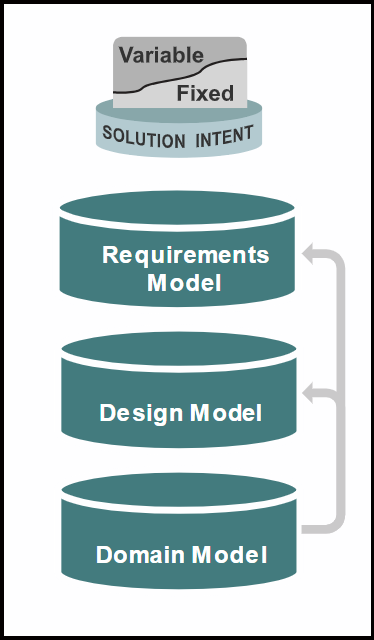
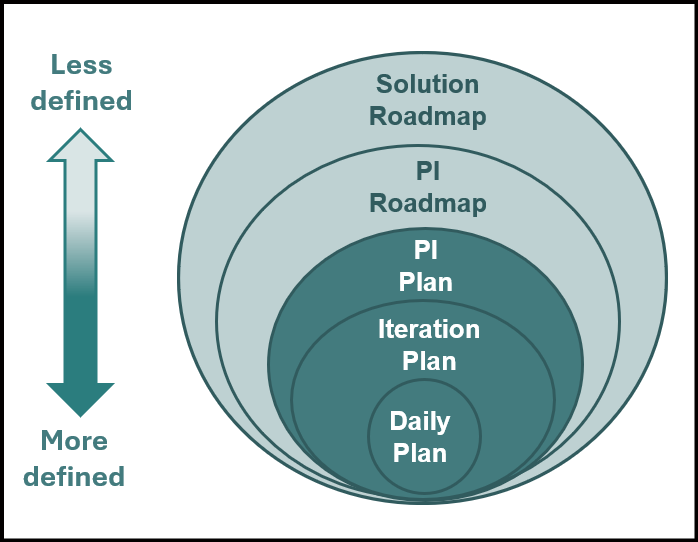
A crucial difference between software development and hardware development is dramatically longer lead times needed to manufacture physical parts. Further, these are often significant systems with multi-year and sometimes even multi-decade lifespans. Multiple Horizons of Planning shares best practices on how to plan with both a long-term and near-term perspective. We show how organizations can balance the need to forecast long-term while providing teams with the ability to plan and commit to shorter-term work.
As we say in SAFe, objective evaluation of working systems is the true measure of progress. Other measures, including phase-gate milestones, too often lead to false positive feasibility and wishful thinking. Being Agile in hardware requires a critical mindset shift. One issue is that teams often work in isolation on their part of a system, and regularly wait until the end to integrate the system. When it doesn’t, rework can be costly and frustrating. During Frequently Integrating the End-to-End Solution, participants will understand how digital technologies described earlier enable more frequent integration and faster, cost-effective learning.

Another shift is in the way that engineering leaders look at compliance and regulation. Instead of creating a large bow wave of compliance activities at the end of development, we shift those activities left, building security, compliance, and physical safety into a feedback loop each increment. We discuss how to make this happen during the module Continually Addressing Compliance Concerns.
Of course, no engineering team is an island. All organizations recognize the need to leverage suppliers whose knowledge and expertise are required to co-develop the solution. As organizations change to Lean-Agile ways of working, they must bring their suppliers along with them to be successful. In Collaborating with Suppliers, engineering leaders will learn how to integrate suppliers into their SAFe practices. They will also understand common contracting challenges and ways to address them.
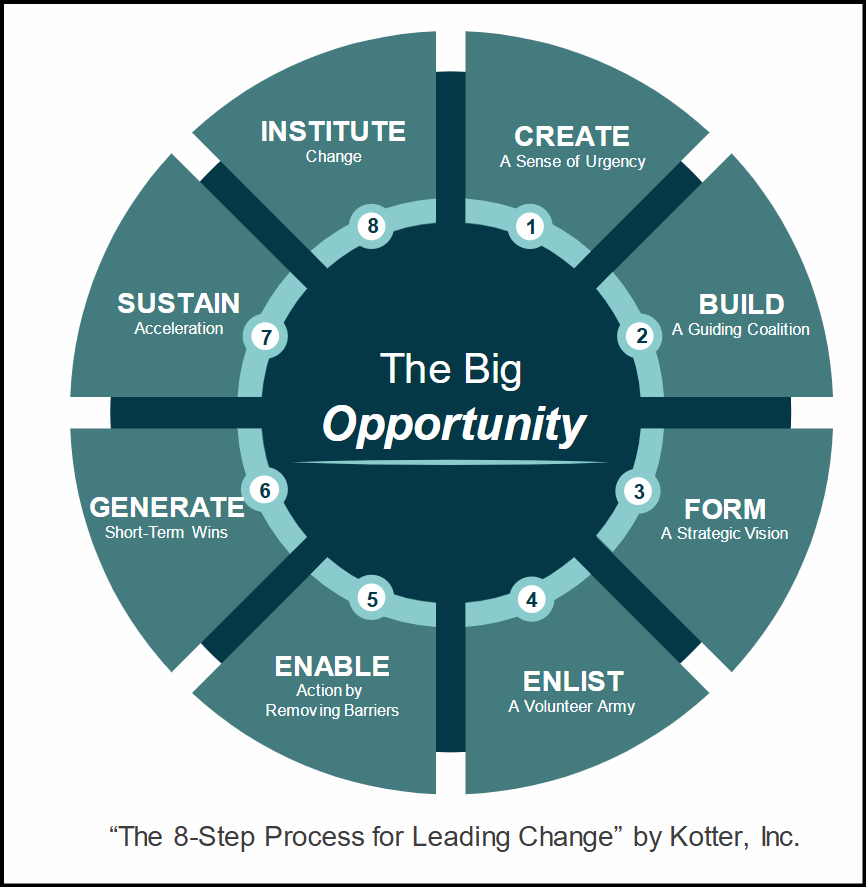
Perhaps most crucially of all, our module Leading the Change is a call to action for development managers, program managers, and engineering executives. It’s not enough to agree to a new way of working, leaders need to own it and lead that change.
While the focus of SAFe® for Hardware is on knowledge transfer and education, we purposely designed the course to be 40 percent collaborative, with a lot of hands-on and activity-based sessions where engineering practitioners can learn from one another. Each module provides opportunities for leaders to discuss their current challenges and consider new approaches.
In our testing, I’ve seen leaders who enter the class with such different perspectives and then get in the room and discuss Agile practices with excitement and passion. I had one attendee tell me he would apply the roadmapping workshop the following week. And seeing the excitement and energy while building a marble run exercise is just the icing on the cake! We’ve had feedback that the content in SAFe for Hardware has really helped engineering leaders start thinking differently and understanding what’s possible within hardware development.
For organizations to change their ways of working, leaders need to see the art of the possible, and to understand that applying Lean-Agile principles and SAFe in hardware is doable. And the need to know that others are already doing it and seeing success. I want people walking out of the course feeling confident that as leaders, if they can take responsibility for applying the mindset and the principles to their specific context and organization, they can find incredible value.
Visit the SAFe® for Hardware course page for more, or search for upcoming classes via the training calendar.
SAFe for Hardware is currently in Limited Release, with classes available from select partners. A full release is planned for February 2025.
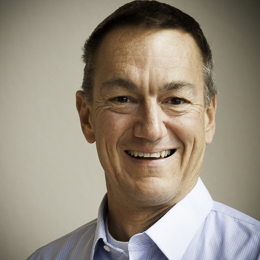
SAFe Methodologist and SAFe Fellow at Scaled Agile, Inc., Harry Koehnemann has worked for over two decades with large system builders in Aerospace, Defense, Automotive, and many other industries, supporting leaders in applying Lean-Agile principles to their engineering practices. Harry speaks with organizations daily about using SAFe to build and deliver large, complex systems faster, more predictably, and with higher quality.